Increasing Water Scarcity
The escalating issue of water scarcity is a critical driver for the Hollow Fiber Filtration Market. As populations grow and industrial activities expand, the demand for clean and safe water intensifies. This situation compels municipalities and industries to seek efficient filtration solutions. Hollow fiber filtration systems, known for their high efficiency and low energy consumption, are increasingly adopted to address these challenges. According to recent data, the market for water filtration is projected to reach substantial figures, indicating a robust growth trajectory. The need for innovative solutions to ensure water quality and availability is likely to propel the hollow fiber filtration market further.
Rising Industrial Applications
The diverse applications of hollow fiber filtration in various industries serve as a significant driver for the Hollow Fiber Filtration Market. Industries such as pharmaceuticals, food and beverage, and wastewater treatment are increasingly utilizing these filtration systems for their efficiency and effectiveness. For instance, in the pharmaceutical sector, the need for sterile and purified water is paramount, leading to a surge in demand for hollow fiber filtration technologies. Market data suggests that the industrial segment is expected to witness considerable growth, as companies prioritize quality and compliance with stringent regulations. This trend indicates a promising future for hollow fiber filtration solutions across multiple sectors.
Regulatory Compliance and Standards
The stringent regulatory landscape surrounding water quality and safety is a pivotal driver for the Hollow Fiber Filtration Market. Governments and regulatory bodies are implementing increasingly rigorous standards for water treatment and filtration processes. This regulatory pressure compels industries to adopt advanced filtration technologies, including hollow fiber systems, to ensure compliance. The hollow fiber filtration market is likely to benefit from this trend, as companies seek to avoid penalties and enhance their operational credibility. Data indicates that adherence to these regulations not only improves public health outcomes but also drives market growth, as businesses invest in reliable filtration solutions.
Growing Awareness of Health and Safety
The increasing awareness of health and safety concerns related to water quality is a crucial driver for the Hollow Fiber Filtration Market. Consumers and industries alike are becoming more conscious of the implications of contaminated water, leading to a heightened demand for effective filtration solutions. This awareness is prompting investments in advanced filtration technologies, including hollow fiber systems, which are recognized for their ability to provide safe drinking water. Market data indicates that as public health initiatives gain momentum, the hollow fiber filtration market is likely to expand, reflecting a broader commitment to ensuring water safety and quality.
Technological Innovations in Filtration
Technological advancements in filtration technologies are significantly influencing the Hollow Fiber Filtration Market. Innovations in membrane materials and filtration processes are enhancing the performance and efficiency of hollow fiber systems. These advancements allow for better removal of contaminants and improved water quality, making them increasingly attractive to various sectors. The market is witnessing a shift towards more sophisticated filtration solutions, which are expected to dominate future trends. As companies invest in research and development, the hollow fiber filtration market is poised for growth, driven by the demand for cutting-edge technologies that meet evolving consumer needs.


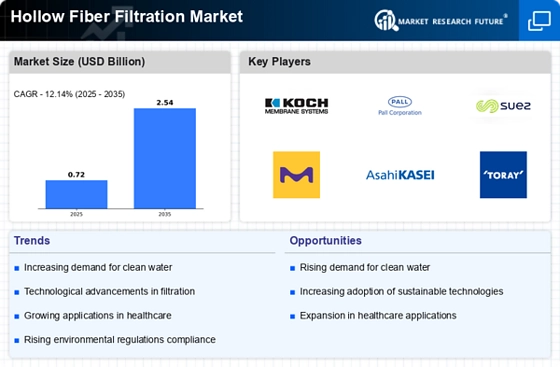
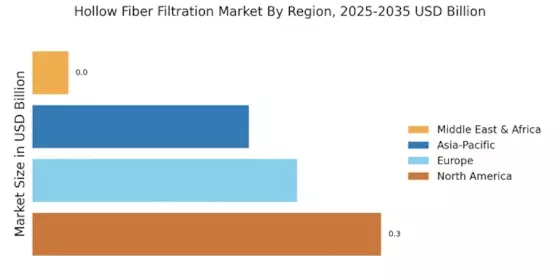
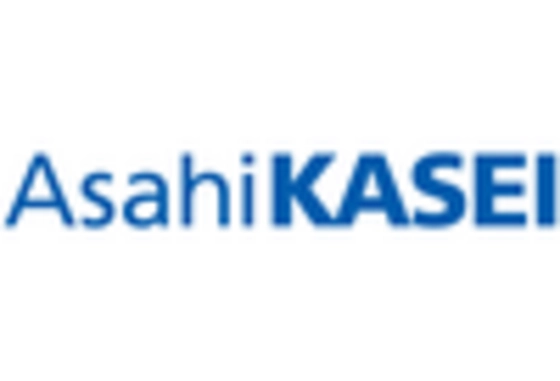



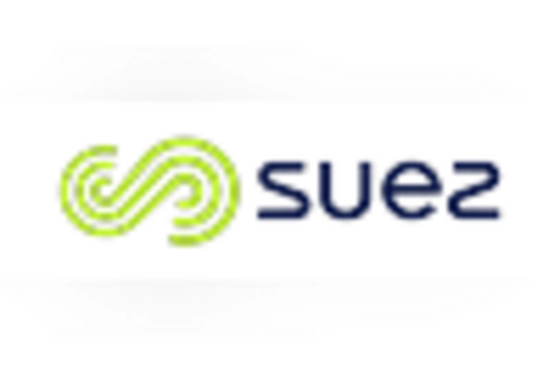
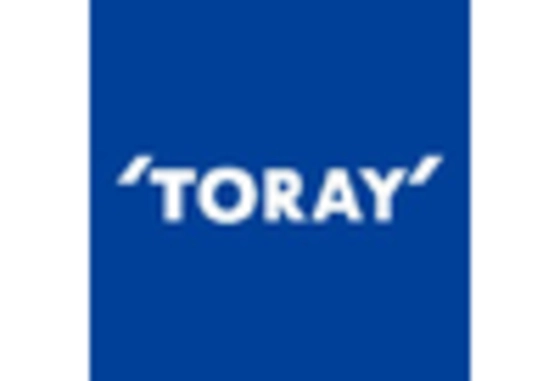








Leave a Comment